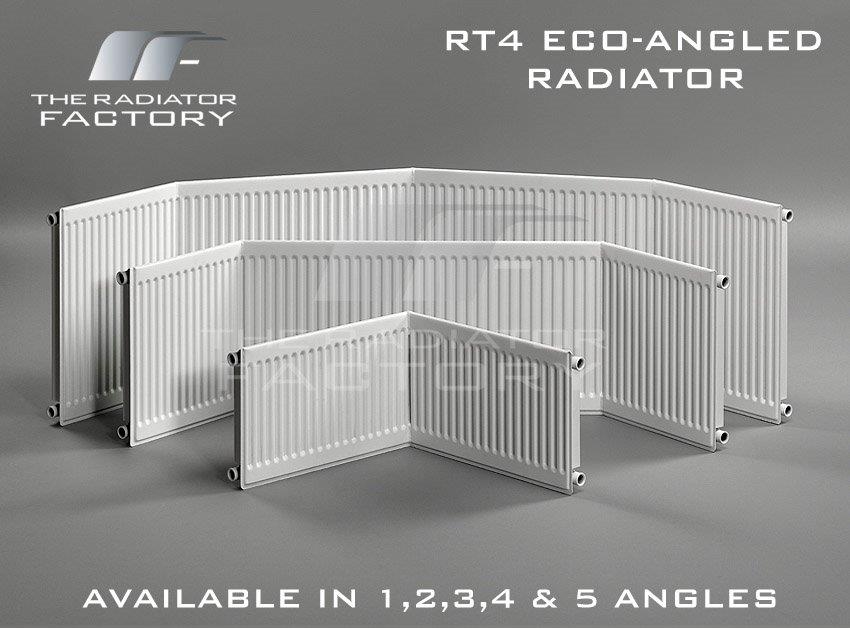A lot of the fuel vitality in the vehicle is transformed into temperature approximately 70Percent, which is the task of your car’s air conditioning to deal with that temperature. A car’s engine has numerous elements shifting consistently to build strength. These shifting pieces create rubbing that results in substantial temps. Though electric motor essential oil is pumped through the engine to offer lubrication, it is not adequate to surmount all the extreme temperature. Consequentially, a number of areas of the motor achieve temps high enough to result in problems. This is why a air conditioning becomes needed in the vehicle.

The engine has to be kept relatively awesome to operate usually and to avoid seizures. To preclude this from happening, normal water and coolant liquid is pumped through several components of the motor to soak up warmth. Once the heated up liquid exits the motor, it re-enters the radiator, exactly where driven through a number of inner folds up and compartments, it really is cooled. Designed to move warmth in the blend of h2o along with the coolant coming from the engine, the radiator the type of temperature exchanger. The radiator is assisted by a fan that blows coolers outdoors atmosphere to quicken the cooling down method.
Most present day automobiles use horizontal radiators made of thin aluminum pipes. A number of pipes are arranged parallel and the superheated liquid passes from the inlet as the fins conduct the high temperature from the tubing and transfer it towards the oxygen, blown by the fan throughout the radiator. Automobiles operate on an array of temps, from below the very cold point out above 38 qualifications Celsius 100 F. Water is an efficient absorbent of heat but it freezes at too high a temperature for that it is work well in auto engines. The liquid employed in most vehicles at present is a combination of drinking water and ethylene glycol, also called anti- freeze or generator coolant. This coolant also inhibits corrosion and rust in the metallic elements.
Like the majority of elements in an automobile, a radiator carries a finite lifespan. Some automobile radiators last many years although some last generations. Also, because of the spot of any car’s radiator, it can be prone to problems even from slight crashes and fender benders. Split or leakage of a radiator makes it inoperable nearly straight away. Looking to fix breaks inside the radiator might not exactly prolong their daily life. Even solvents as robust as epoxy give in for the high challenges and temperatures.

